Lemon dill shrimp pasta: just the name conjures up images of sun-drenched Mediterranean coasts and the briny tang of the sea, doesn’t it? But you don’t need a passport to experience this culinary delight! Imagine twirling perfectly cooked pasta, each strand coated in a light, bright sauce bursting with fresh lemon, fragrant dill, and succulent shrimp. It’s a symphony of flavors that dances on your palate, a dish that’s both elegant and incredibly easy to prepare.
While pasta itself boasts a rich Italian heritage, the combination of lemon, dill, and seafood speaks to a broader Mediterranean tradition, where these ingredients are staples. This particular pairing likely evolved from the region’s abundance of fresh seafood and herbs, a testament to the simple yet profound culinary philosophy of using what’s readily available to create something extraordinary.
What makes lemon dill shrimp pasta so universally loved? It’s the perfect balance of flavors and textures. The lemon provides a zesty brightness that cuts through the richness of the shrimp, while the dill adds a subtle herbaceous note. The pasta provides a satisfying base, and the shrimp offers a delightful chewiness. Plus, it’s quick enough for a weeknight meal but impressive enough for a dinner party. Trust me, once you try this recipe, it will become a regular in your rotation!
Ingredients:
- 1 pound linguine pasta
- 1.5 pounds large shrimp, peeled and deveined
- 1/4 cup olive oil, extra virgin
- 4 cloves garlic, minced
- 1/2 cup dry white wine (such as Sauvignon Blanc or Pinot Grigio)
- 1/4 cup lemon juice, freshly squeezed
- 2 tablespoons lemon zest, finely grated
- 1/2 cup heavy cream
- 1/4 cup grated Parmesan cheese, plus more for serving
- 1/4 cup fresh dill, chopped
- 1/4 cup fresh parsley, chopped
- 1/4 teaspoon red pepper flakes (optional)
- Salt and freshly ground black pepper to taste
- 2 tablespoons butter
Preparing the Shrimp and Pasta
- First things first, let’s get that pasta cooking! Bring a large pot of salted water to a rolling boil. Add the linguine and cook according to package directions until al dente. Remember to reserve about 1 cup of pasta water before draining you’ll thank me later! Drain the pasta and set it aside.
- While the pasta is cooking, prepare the shrimp. Pat the shrimp dry with paper towels. This is crucial for getting a good sear. Season them generously with salt and freshly ground black pepper. Don’t be shy!
Cooking the Shrimp and Sauce
- Now for the fun part cooking the shrimp! Heat the olive oil in a large skillet over medium-high heat. Make sure the skillet is nice and hot before adding the shrimp.
- Add the shrimp to the skillet in a single layer, being careful not to overcrowd the pan. If necessary, cook the shrimp in batches. Overcrowding will steam the shrimp instead of searing them, and we want that beautiful golden-brown color.
- Cook the shrimp for about 2-3 minutes per side, or until they are pink and opaque and slightly curled. Be careful not to overcook them, as they will become rubbery. Remove the shrimp from the skillet and set them aside.
- Reduce the heat to medium. Add the minced garlic to the skillet and cook for about 30 seconds, or until fragrant. Be careful not to burn the garlic, as it will become bitter.
- Pour in the white wine and scrape up any browned bits from the bottom of the skillet. These browned bits are packed with flavor, so don’t leave them behind! Let the wine simmer for about 2-3 minutes, or until it has reduced slightly.
- Stir in the lemon juice and lemon zest. Bring the sauce to a simmer.
- Pour in the heavy cream and stir to combine. Let the sauce simmer for about 2-3 minutes, or until it has thickened slightly.
- Stir in the grated Parmesan cheese until it is melted and the sauce is smooth.
- If you like a little heat, stir in the red pepper flakes.
- Season the sauce with salt and freshly ground black pepper to taste. Remember that the Parmesan cheese is already salty, so start with a small amount of salt and add more as needed.
- Add the butter to the sauce and stir until it is melted and incorporated. The butter will add richness and shine to the sauce.
Bringing It All Together
- Add the cooked pasta to the skillet with the sauce and toss to coat. Make sure all of the pasta is evenly coated in the delicious lemon dill sauce.
- If the sauce is too thick, add a little bit of the reserved pasta water until it reaches your desired consistency. The pasta water contains starch, which will help to thicken the sauce and make it cling to the pasta.
- Gently fold in the cooked shrimp, fresh dill, and fresh parsley.
- Serve immediately, garnished with extra Parmesan cheese and a sprinkle of fresh dill and parsley.
Tips and Variations
- Shrimp Size: I prefer using large shrimp for this recipe, but you can use any size you like. Just adjust the cooking time accordingly. Smaller shrimp will cook faster, while larger shrimp will take longer.
- Wine Substitution: If you don’t have white wine on hand, you can substitute chicken broth or vegetable broth. However, the wine adds a depth of flavor that is hard to replicate, so I highly recommend using it if you can.
- Cream Alternative: For a lighter version, you can substitute half-and-half or milk for the heavy cream. However, the sauce will be thinner and less rich.
- Spice It Up: If you like a lot of heat, add more red pepper flakes or a pinch of cayenne pepper to the sauce.
- Vegetable Additions: Feel free to add other vegetables to this dish, such as asparagus, zucchini, or cherry tomatoes. Add them to the skillet along with the garlic and cook until they are tender-crisp.
- Lemon Intensity: Adjust the amount of lemon juice and zest to your liking. If you prefer a more intense lemon flavor, add more of both.
- Make Ahead: You can prepare the sauce ahead of time and store it in the refrigerator for up to 2 days. When you’re ready to serve, simply reheat the sauce and add the cooked pasta and shrimp.
- Gluten-Free Option: Use gluten-free pasta to make this dish gluten-free.
- Herb Variations: While dill and parsley are classic choices, feel free to experiment with other herbs such as chives, tarragon, or oregano.
- Seafood Swap: If you’re not a fan of shrimp, you can substitute scallops, lobster, or even crab meat. Adjust the cooking time accordingly.
- Garlic Lovers: If you’re a garlic fanatic like me, feel free to add an extra clove or two of garlic to the sauce.
- Pasta Shapes: While linguine is my preferred pasta for this dish, you can use other long pasta shapes such as spaghetti, fettuccine, or bucatini. You can also use short pasta shapes such as penne, rotini, or farfalle.
- Serving Suggestions: This lemon dill shrimp pasta is delicious on its own, but it also pairs well with a side salad or some crusty bread for dipping in the sauce.
Detailed Shrimp Cooking Guide
Let’s dive a little deeper into cooking the shrimp perfectly. The key is to avoid overcooking, which results in tough, rubbery shrimp. Here’s a breakdown:
- Preparation is Key: As mentioned before, patting the shrimp dry is essential. Excess moisture will prevent them from browning properly.
- Hot Pan, Hot Oil: Make sure your skillet is screaming hot before adding the oil. The oil should shimmer and be almost smoking. This ensures a good sear.
- Don’t Overcrowd: This is perhaps the most important tip. Overcrowding the pan lowers the temperature and steams the shrimp instead of searing them. Cook in batches if necessary.
- Listen to the Sizzle: You should hear a distinct sizzle when the shrimp hits the hot pan. If you don’t, your pan isn’t hot enough.
- Watch for Color Change: The shrimp will start to turn pink and opaque as they cook. The underside should be nicely browned.
- The “C” Shape: As the shrimp cooks, it will curl into a “C” shape. This is a good indicator that it’s almost done. Overcooked shrimp will curl into an “O” shape.
- Internal Temperature: If you want to be absolutely sure, use a meat thermometer to check the internal temperature. Shrimp is cooked when it reaches 145°F (63°C).
- Carryover Cooking: Remember that the shrimp will continue to cook slightly after you remove it from the heat. So, it’s better to slightly undercook it than to overcook it.
- Resting: While not strictly necessary, letting the shrimp rest for a minute or two after cooking can help it retain its moisture.
Perfecting the Lemon Dill Sauce
The sauce is where the magic happens! Here’s how to make it sing:
- Fresh Lemon is a Must: Bottled lemon juice simply doesn’t compare to the bright, zesty flavor of fresh lemon juice.
- Zest is Your Friend: Don’t skip the lemon zest! It adds a concentrated lemon flavor that really elevates the sauce.
- Garlic, But Not Burnt: Cook the garlic until it’s fragrant, but be careful not to burn it. Burnt garlic will make the sauce bitter.
-
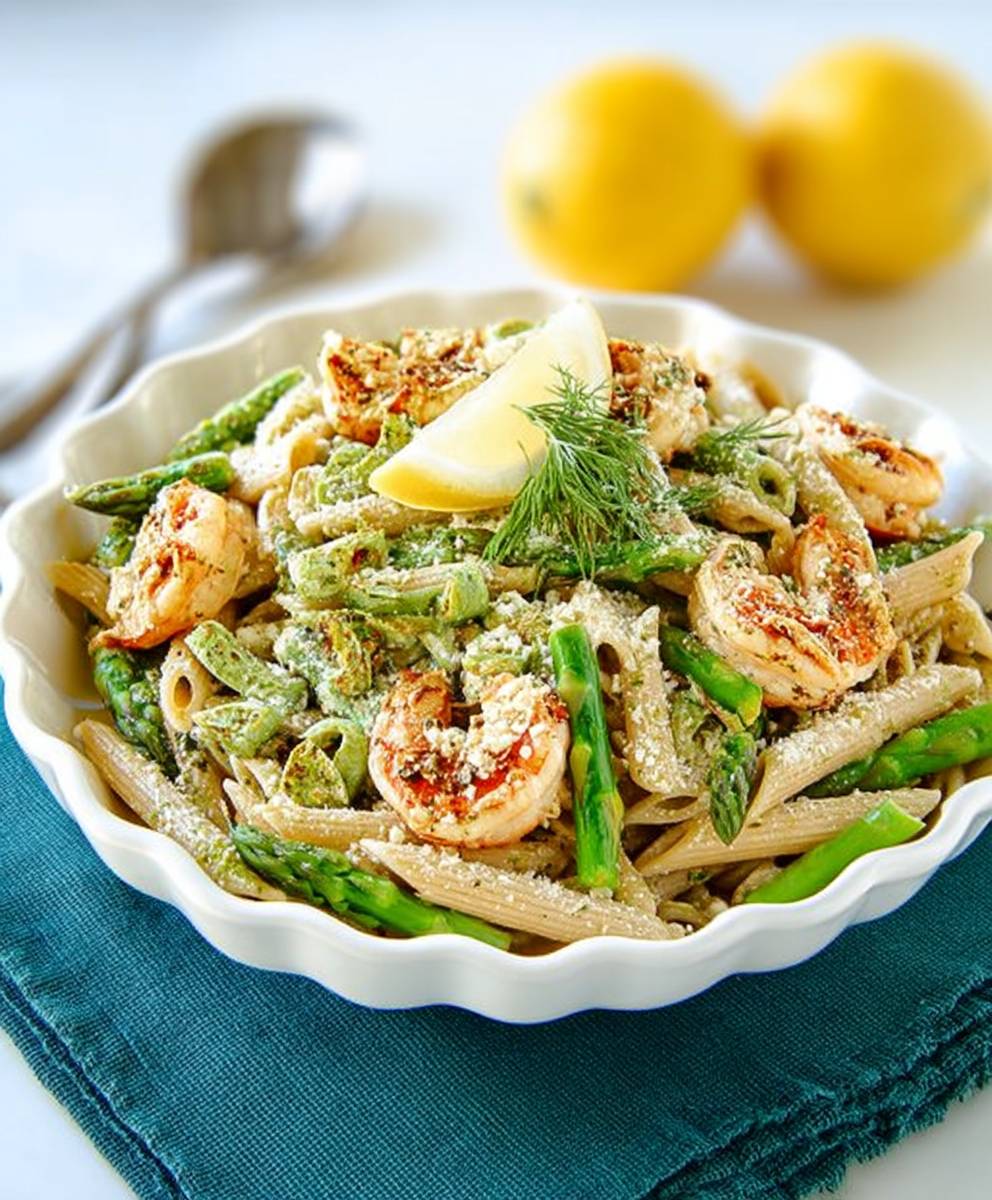
Conclusion:
This Lemon Dill Shrimp Pasta isn’t just another pasta dish; it’s a vibrant, flavorful experience that will brighten up your weeknight dinner routine. The zesty lemon, fragrant dill, and succulent shrimp combine to create a symphony of flavors that’s both refreshing and satisfying. I truly believe this recipe is a must-try because it’s quick, easy, and delivers restaurant-quality results without the restaurant price tag. Its a guaranteed crowd-pleaser, even for those who claim they aren’t “pasta people.”
But what truly sets this recipe apart is its versatility. Feel free to experiment with different types of pasta. While I personally love the way the sauce clings to linguine, penne or farfalle would work beautifully too. For a richer, creamier sauce, stir in a tablespoon or two of mascarpone cheese at the end. If you’re looking to add a bit of heat, a pinch of red pepper flakes will do the trick. And for those who prefer a vegetarian option, simply substitute the shrimp with sautéed mushrooms or artichoke hearts.
Serving suggestions? Oh, the possibilities are endless! A simple side salad with a light vinaigrette complements the pasta perfectly. Crusty bread, ideal for soaking up every last drop of that delicious lemon-dill sauce, is always a welcome addition. For a more substantial meal, consider serving it alongside grilled asparagus or roasted broccoli. And don’t forget a sprinkle of freshly grated Parmesan cheese for that extra touch of indulgence.
Ive made this Lemon Dill Shrimp Pasta countless times, and its always a hit. Ive served it at casual weeknight dinners, elegant dinner parties, and even packed it for lunch the next day (its just as good cold!). Each time, I’m reminded of how simple ingredients, when combined with a little love and care, can create something truly special.
Im so confident that youll love this recipe as much as I do. Its the perfect balance of flavors, textures, and ease of preparation. It’s a dish that’s both comforting and sophisticated, making it suitable for any occasion.
So, what are you waiting for? Gather your ingredients, put on some music, and get cooking! I promise you won’t regret it. And most importantly, don’t be afraid to get creative and make it your own. Add your favorite vegetables, experiment with different herbs, and adjust the seasonings to your liking. Cooking should be fun, so embrace the process and enjoy the journey.
Once you’ve tried this recipe, I would absolutely love to hear about your experience. Did you make any modifications? What did you think of the flavors? Did your family and friends enjoy it? Share your thoughts, photos, and tips in the comments below. Your feedback is invaluable, and it helps me to continue creating recipes that you’ll love. Happy cooking! I can’t wait to see your culinary creations! Let me know if you have any questions, and I’ll do my best to help. Enjoy your delicious Lemon Dill Shrimp Pasta!
Lemon Dill Shrimp Pasta: A Delicious & Easy Recipe
Lemony and bright shrimp linguine tossed in a creamy dill sauce with Parmesan cheese. A quick and easy weeknight meal bursting with flavor!
Ingredients
- 1 pound linguine pasta
- 1.5 pounds large shrimp, peeled and deveined
- 1/4 cup olive oil, extra virgin
- 4 cloves garlic, minced
- 1/2 cup dry white wine (such as Sauvignon Blanc or Pinot Grigio)
- 1/4 cup lemon juice, freshly squeezed
- 2 tablespoons lemon zest, finely grated
- 1/2 cup heavy cream
- 1/4 cup grated Parmesan cheese, plus more for serving
- 1/4 cup fresh dill, chopped
- 1/4 cup fresh parsley, chopped
- 1/4 teaspoon red pepper flakes (optional)
- Salt and freshly ground black pepper to taste
- 2 tablespoons butter
Instructions
- Cook the Pasta: Bring a large pot of salted water to a boil. Add the linguine and cook according to package directions until al dente. Reserve 1 cup of pasta water before draining. Drain the pasta and set aside.
- Prepare the Shrimp: Pat the shrimp dry with paper towels and season generously with salt and pepper.
- Cook the Shrimp: Heat olive oil in a large skillet over medium-high heat. Add shrimp in a single layer (cook in batches if needed). Cook 2-3 minutes per side, until pink and opaque. Remove shrimp and set aside.
- Make the Sauce: Reduce heat to medium. Add minced garlic to the skillet and cook for 30 seconds until fragrant. Pour in white wine and scrape up any browned bits. Simmer for 2-3 minutes until reduced slightly.
- Add Lemon and Cream: Stir in lemon juice and lemon zest. Bring to a simmer. Pour in heavy cream and stir to combine. Simmer for 2-3 minutes until thickened slightly.
- Finish the Sauce: Stir in Parmesan cheese until melted and smooth. Add red pepper flakes (if using). Season with salt and pepper to taste. Stir in butter until melted and incorporated.
- Combine and Serve: Add cooked pasta to the skillet with the sauce and toss to coat. If the sauce is too thick, add reserved pasta water until desired consistency is reached. Gently fold in cooked shrimp, fresh dill, and fresh parsley.
- Serve immediately, garnished with extra Parmesan cheese and fresh dill and parsley.
Notes
- Shrimp Size: Adjust cooking time based on shrimp size.
- Wine Substitution: Chicken or vegetable broth can be used, but wine adds more depth.
- Cream Alternative: Half-and-half or milk can be used for a lighter sauce.
- Spice It Up: Add more red pepper flakes or cayenne pepper for extra heat.
- Vegetable Additions: Asparagus, zucchini, or cherry tomatoes can be added.
- Lemon Intensity: Adjust lemon juice and zest to taste.
- Make Ahead: Sauce can be made ahead and stored in the refrigerator for up to 2 days.
- Gluten-Free Option: Use gluten-free pasta.
- Herb Variations: Experiment with chives, tarragon, or oregano.
- Seafood Swap: Scallops, lobster, or crab meat can be substituted for shrimp.
- Garlic Lovers: Add extra garlic cloves.
- Pasta Shapes: Other long or short pasta shapes can be used.
- Serving Suggestions: Serve with a side salad or crusty bread.

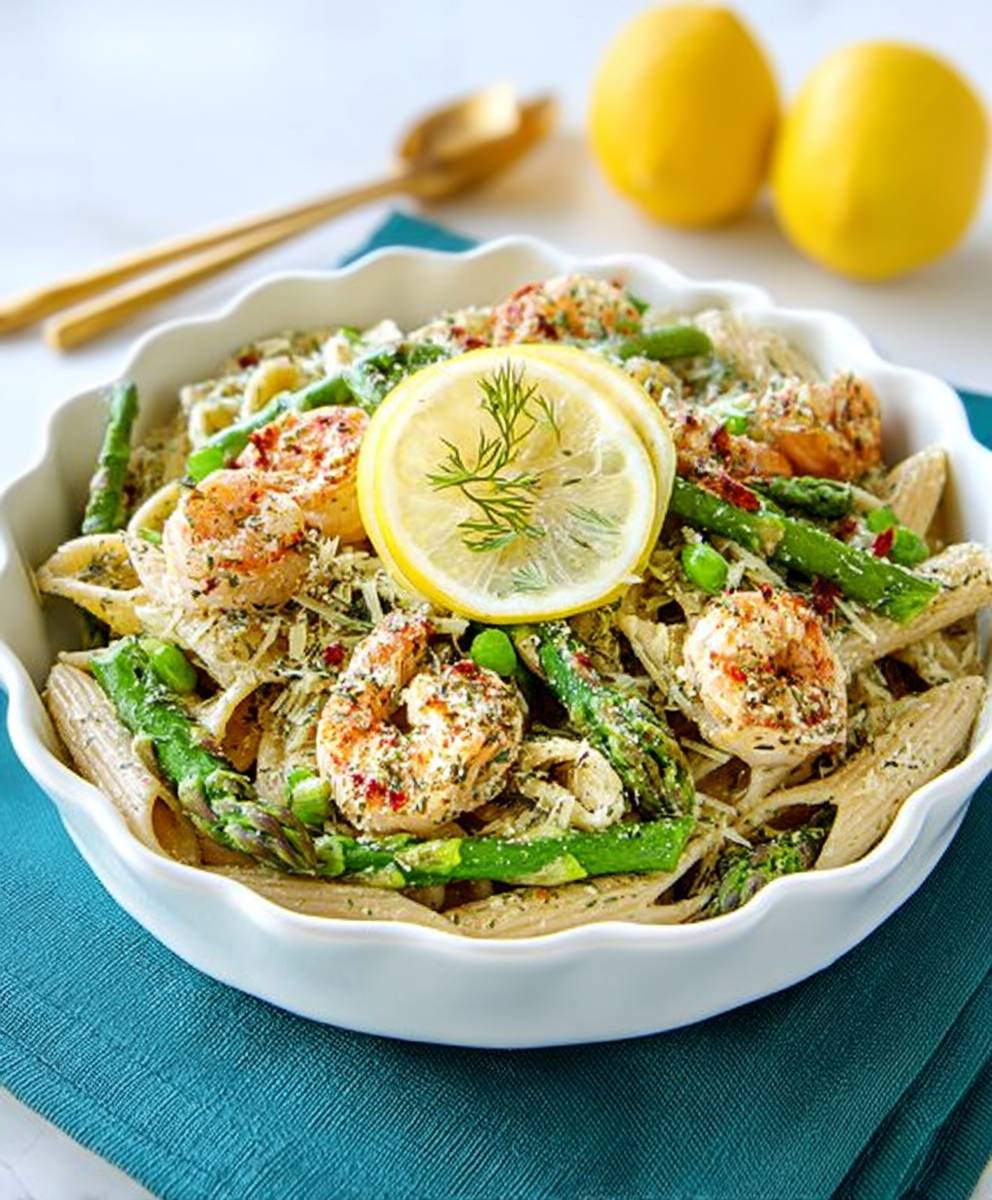
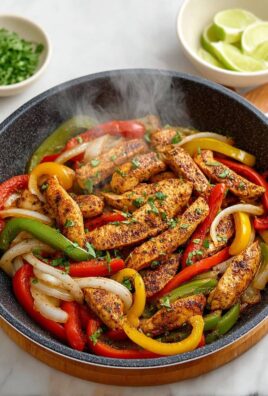
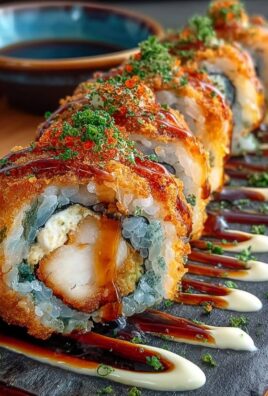
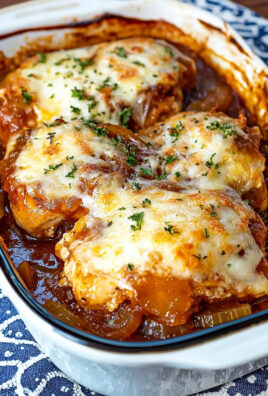
Leave a Comment